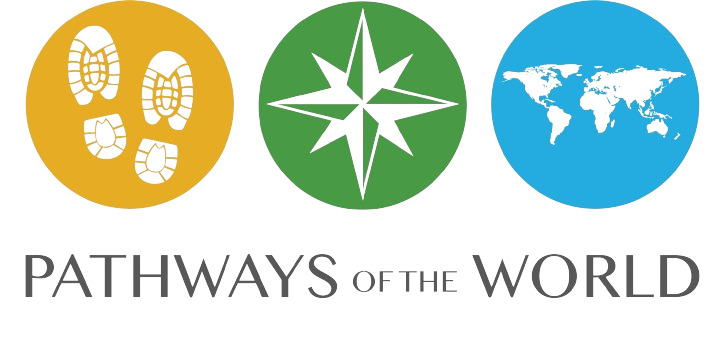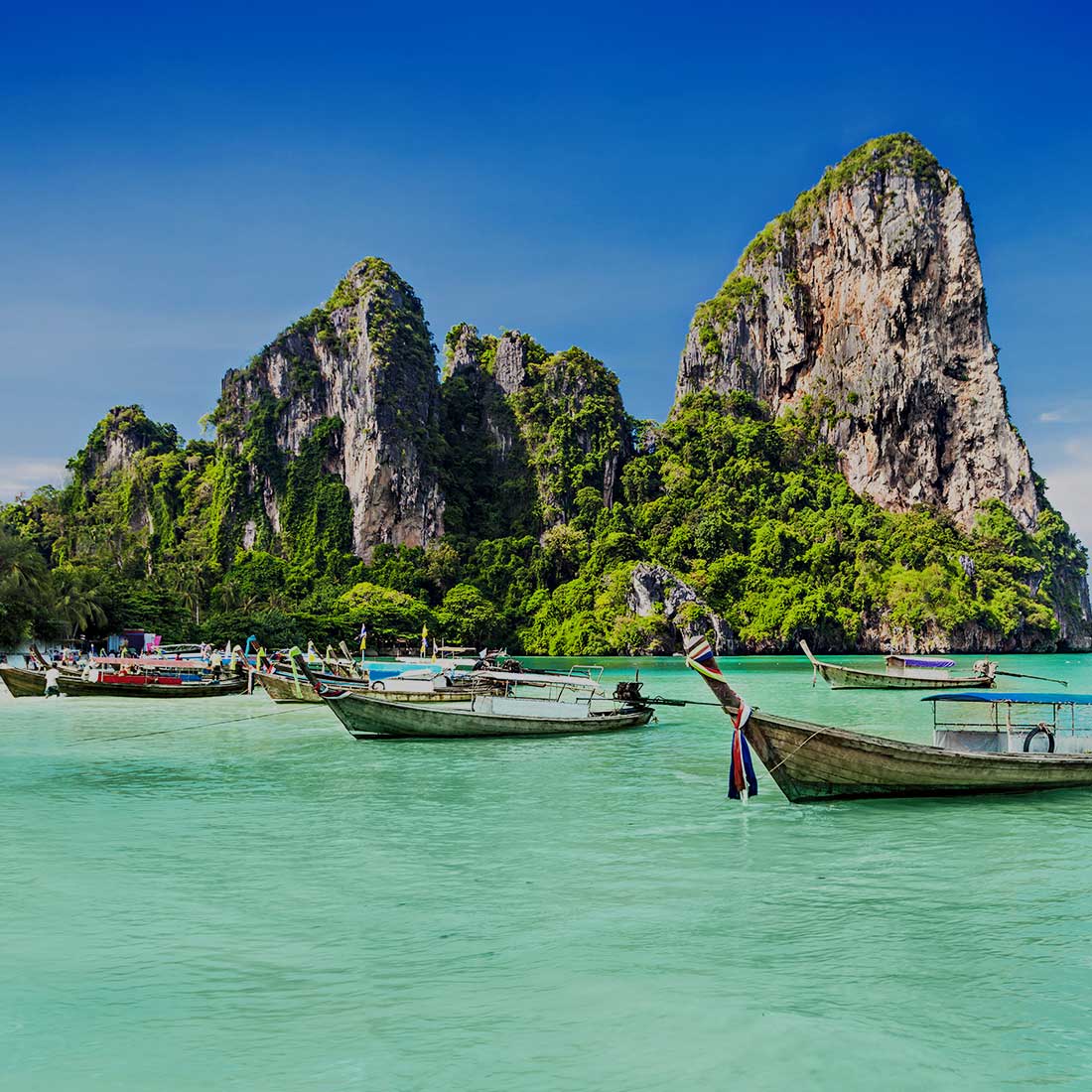Nepal, nestled in the heart of the Himalayas, is a land of breathtaking landscapes and rich cultural diversity. Home to eight of the world’s ten highest peaks, including Mount Everest, it attracts adventurers and trekkers from around the globe. The country’s vibrant traditions are reflected in its colorful festivals, ancient temples, and the warmth of its people. From the bustling streets of Kathmandu to the tranquil beauty of the Terai plains, Nepal offers a unique blend of natural wonders and spiritual experiences, making it a captivating destination for travelers.
Price and availability on demand
INCLUDED
English-speaking support throughout the circuit
Private transport
Accommodation
Full board
Activities included in the program
EXCLUDED
International flights
Formalities fees (vaccination, passport, visa)
Drinks and personal expenses
All meals not mentioned in the program
Optional visits ($)
Tips
The insurance
1
Day 1: Arrival in Kathmandu
- Arrival in Kathmandu.
- Welcome with a Khada.
Arrival at Kathmandu airport, then welcome with a Khada on arrival at Kathmandu airport.
Khada
This is a traditional Tibetan Buddhist ceremonial scarf. It is widely used by Tibetans, Nepalese, HindustaniGorkha
and Bhutanese on various occasions. It represents goodwill, auspiciousness and respect, and is deeply rooted in
social and religious customs.
You meet the Sentiers Du Monde representative and your guide who will accompany you on the tour.
The Kathmandu Valley is Nepal's most developed and largest urban agglomeration, with a population of around 5
million. It is particularly famous for its religious monuments. Numerous temples, monasteries and stupas adorn the
cityscape, in particular the Pashupatinath temple and the Changu Narayan, famous for their stunning and intricate
religious works of art.
Transfer to hotel and check-in (rooms will be available from 2:00 pm)
Overnight at hotel.
- Departure for Dakshinkali
- Typical Nepalese vegetarian dinner.
- Excursion to Kirtipur
- Discovery of Bagh Bhairab Temple
Breakfast at the hotel.
Departure for Dakshinkali, arrival and visit to the town's temple, one of Nepal's main temples dedicated to the
goddess Kali. Ascent of Pharping hill, with its magnificent view of the entire Himalayan range and its Buddhist
monastery.
Typical Nepalese vegetarian lunch in a local restaurant.
Excursion to Kirtipur, the sleepy townwith its allure of faded grandeur, thanks to the impressive medieval temples
scattered through its alleyways andwhere most of the inhabitants are eitherweavers or farmers. Discover the Bagh
Bhairab Temple, home to both Hindu and Buddhist saints, and the Chilanchu Vihara on the southern hilltop. It
features a central stupa and four stupas surrounding it.
Optional: Momo cooking class :-
One of the not-to-be-missed experiences for foodies visiting
Kathmandu is a Momocooking class. This is an immersive journey
into the art of making these delectable Nepalese dumplings.
Highlights: The chef will give demonstrations so you can learn the
art of making Momo dough from scratch and the various folding
techniques. Participants gain hands-on experience preparing
Momo fillings, including vegetarian and non-vegetarian choices.
They practice wrapping techniques and create a variety of momo
shapes. Momos are steamed or pan-fried under the guidance of
the chef.
Back to Kathmandu.
Dinner and overnight at hotel.
3
Day 3: Kathamandu - Patan - Pashupatinah - Bodhanath - Nagarkot
- Departure for Patan,
- A visit to the Golden Temple
- Visit to Durbar Square, Pashupatinath, Bodhanath.
- Optional: Meeting with a Tibetan singing bowls master
- Optional: Meeting with monks and visit to a Thangka painting school
- Road to Nagarkot,
Breakfast at the hotel.
Departure for Patan, one of the valley's three ancient capitals. Known as the "City of Beauty", Patan boasts a
multitude of temples, palaces, shrines and Buddhistmonasteries, as well as architectural treasures such as the Royal
Palace, whose façade is an example of the art of local silversmiths, the Khrishna Mandir, the Narayan Temple, the
Vishwanata and the Bhimsen Mandir. Visit to the Golden Temple, featuring a golden image of
Buddha and Khumbeshwar Pagoda.
Visit to Durbar Square. An unusual visit to Pashupatinath, one of the oldest sites inNepal and oneof the most famous
Hindu pilgrimages. The temples form a veritable city grouped around the Shiva sanctuary. You'll have a bird's -eye
view from the other bank of the Bagmati. This river plays the same role as the Ganges in India, and is the Benares of
Nepal. Pashupatinath is Nepal'smost important Hindu temple. Many pilgrims flock here, including a large number of
sadhus. Then a visit to Bodhanath, a major Buddhist pilgrimage center built in the 5th century.
Lunch in a local restaurant.
Optional: Meeting with monks and visit to a school of thangka painting,
characteristic of Tibetan Buddhist cuture. A thangka is a Tibetan Buddhist
painting on cotton or silk, usually depicting a Buddhist deity, scene or mandala.
Thangkas are traditionally kept unframed and rolled up when not on display,
mounted on a textile support in the style of Chinese scroll paintings, with
another silk cover on the front.
Optional:Meetingwith a masterof "Tibetan SingingBowls", known for
their healing and relaxing powers.
In addition to their traditional use formeditation, Tibetan bowls are used
for deep relaxation and muscle regeneration, to relieve pain in joints,
muscles and shoulders, to relieve pain related to sciatica, the digestive
system, headaches and migraine or spinal injuries, to improve
circulation, release tension or blockages, open up the flow of energy,
eliminate toxins from the body. When we relax to the sound of Tibetan
bowls or gongs, our concentration improves and our tensions and
emotional blockages subside. Sound and its vibrations can relieve mental or emotional pain (low self -esteem,
worry, fear, anger, anxiety, depression, insomnia). Tibetan singing bowls and their unique sounds are used to
stabilize blood pressure, relieve asthma-related problems, renew adrenal gland function, open and stabilize
meridians and improve synaptic responses in our brain.
Drive to Nagarkot, an exceptional viewpoint of the Himalayas, reached at sunset.
Dinner and overnight at hotel.
4
Day 4: Nagarkot - Nala - Bhaktapur
- Trekking from Nagarkot to Nala
- Visit to Bhagaveti Temple. Visit to Samata Sikshya Niketan.
- Optional: Visit to the Rabindra Puri Foundation in Bhaktapur (subject to availability)
Breakfast at the hotel.
Trek from Nagarkot to Nala (2.3h, easy walk), through villagesi arrive in the picturesque village of Nala and visit the
Bhagaveti Temple. Visit to Samata Sikshya Niketan, "the bamboo school" (closed on Saturdays, public holidays and
school vacations), in reference to its bamboo structure, which offers courses providing access to education for
children fromdisadvantaged families (except on publicholidays and school vacations). Continuing on to the medieval
city of Bhaktapur, one of the most beautiful towns in the Kathmandu Valley. Enjoy the atmosphere of the city when
it's empty of visitors: famous for its pottery, you can spend some time among the potters and try your hand at this
ancestral art.
Lunch in a local restaurant.
Optional: Visit to the Rabindra Puri Foundation in Bhaktapur (subject to
availability): -
A non-profit organization that renovates and builds community schools to
reduce unemployment and labor shortages. A total of nine schools have been
opened in Kavre, Bhaktapur, Ramechhap andGorkha. This tourwill give you an
idea of Rabindra Puri's work. You'll also visit the NamunaGhar, where replicas
of works stolen in the past are on display.
Dinner and overnight at hotel.
5
Day 5: Bhaktapur - Chitwan Park
- Drive to Chitwan Park.
Drive to Chitwan Park. Created in 1962 and covering an area of over 1000 km², it is the largest of the 5 Nepalese
parks in the Terai region. It is home to the famous white rhinoceros, fallowdeer, antelope,monkeys, tigers, leopards,
bears, crocodiles and over 300 species of birds.
Arrival at the hotel, check-in and lunch.
Dinner and overnight at hotel.
- Jeep safari to discover the park's wildlife.
- Canoe trip
- Nature walk or visit to a local village
The day is devoted to a variety of activities, including a jeep safari to discover the park's wildlife. Immerse yourself
in this grandiose landscape of lush vegetation, with the Himalayas in the background - an unforgettable experience!
A canoe trip to discover an alligator reserve and birdwatching; the Chitwan reserve abounds in rare species. Or take
a nature walk or visit a local village.
Lunch, dinner and overnight at the hotel.
7
Day 7: Chitwan Park - Pokhara
- Departure for Pokhara.
- Discover the Devi waterfall,
Departure for Pokhara. Pokhara is a town on the shores of Lake Phewa in central Nepal. It is known as the gateway
to the Annapurna Circuit, a popular Himalayan trail. The Tal Barahi temple, atwo-storey pagoda, stands on an island
in the lake.
Arrive and visit this important resort town. Discover the Devi waterfall, fed by the Pardi Khola, which flows into a
chasmand then disappears underground. For those whowish, climba small hill to reach the Peace Pagoda. Beautiful
panorama of the city and lake.
Arrive at your hotel and settle in for lunch.
Dinner and overnight at hotel.
8
Day 8: Pokhara - Sarangkot - Pokhara
- Departure for Kathmandu.
- Dinner in a restaurant followed by a folk dance show.
Departure for Kathmandu. Lunch in a local restaurant enroute.
Arrival. In the evening, dinner at a restaurant serving Nepalese specialties, accompanied by a folk dance show.
Overnight at hotel.
9
Day 9: Pokhara - Kathmandu
- Discover Kathmandu Durbar Square.
- Visit to Palace Square.
- Visit to Swayambhunath temple
- Optional: Khukuri workshop
OR
- Optional: Mask painting workshop in Kathmandu
Discover Kathmandu Durbar Square and visit the palace square. Here you can admire the Taleju temple built by King
MahendraMalla. Visit to the Swayambhunath temple. One of the world's best-known Buddhist stupas (Chaityas), it
is said to have been built over 2,000 years ago. The temple displays all the classic features of stupa architecture. It is
composed of several fundamental elements: ahemispherical base onwhich rests a conical spire topped by a bronze
pinnacle covered in gold leaf, which glistens in the rising and setting sun. Buddha's famous wisdom-filled eyes are
painted according to the four cardinal points at the base of the cone. Its elevated position offers a 360-degree
panorama of the Kathmandu valley. There is also a profusion of small stupas and temples at the foot of the main
monument.
Lunch in a local restaurant.
You have free time to stroll around the local market.
Dinner and overnight at hotel. THE MEAL: BB/LN/DN
Optional: Khukuri workshop :-
This workshopwill give you hands-on experience of Khukuri knife making and
introduce you to an age-old craft technique. You'll take part in making your
own Khukuri knife from scratch for the day, while interacting with local
artisans to learn about their way of life and traditions.
OR
Optional: Mask painting workshop in Kathmandu :-
Discover the symbols behind the colors and patterns while being guided by local
artisans during the workshop, where you may meet new like -minded friends.
Explore the history of this age-old craft and add a touch of your own creativity
to the immersive cultural experience of mask painting, where you'll craft a
personal keepsake thanks to the guided expertise of local artisans.
10
Day 10: Kathmandu - Return
Breakfast at the hotel.
You'll be transferred to the airport in time to catch your connecting flight to your next destination.
***END OF TOUR***



